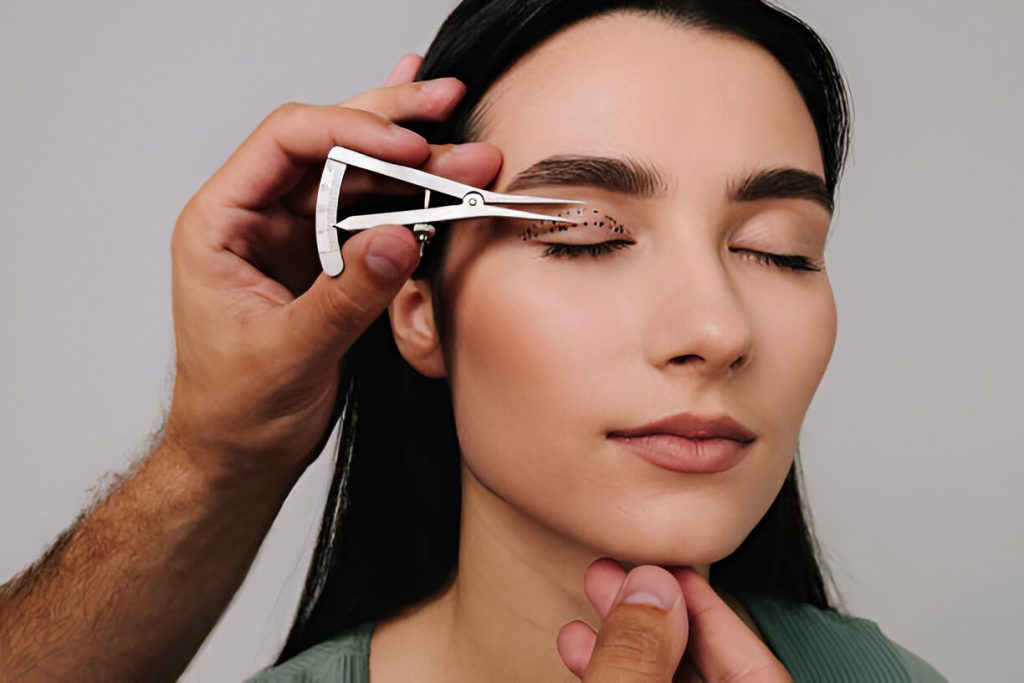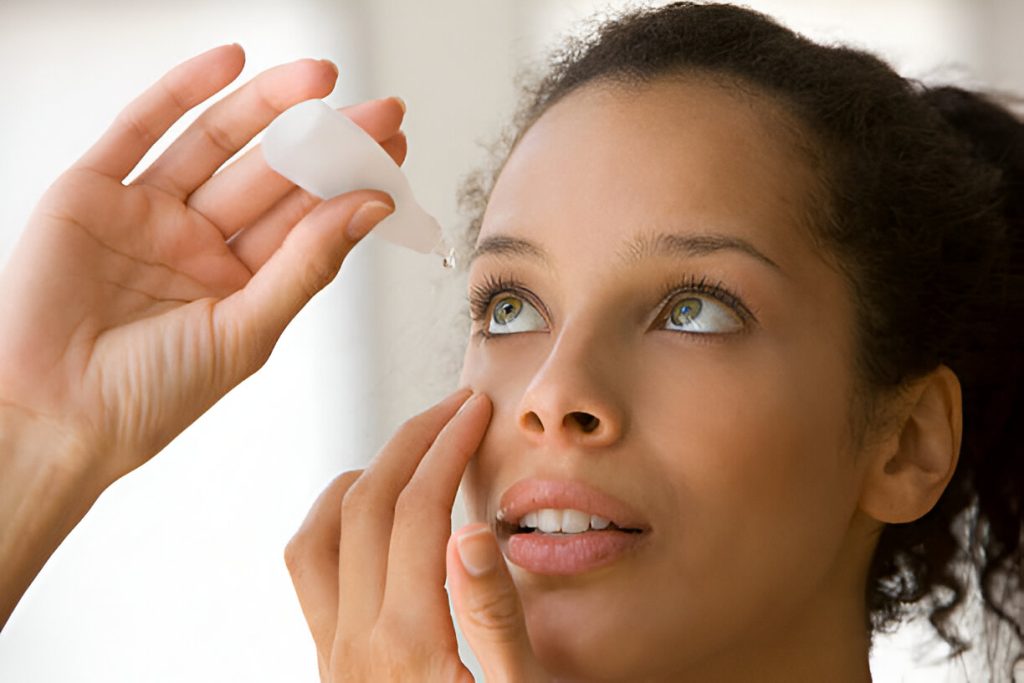Correcting Botched Upper Eyelid Surgery
Eyelid blepharoplasty, also known as eyelid surgery, is a popular cosmetic procedure that rejuvenates tired-looking eyes by removing excess fat and skin from the upper and/or lower eyelids. When performed correctly, the results can be subtle yet striking, giving patients a more youthful, refreshed appearance.
Unfortunately, not every surgery goes as planned. A botched upper eyelid surgery can leave individuals with significant aesthetic and functional concerns, ranging from asymmetry and hollowed eyelids to difficulty blinking or closing the eyes. For those facing such complications, corrective surgery offers a path toward healing and restoration.
This blog will make you understand what can go wrong in a blepharoplasty, how revision surgery can help, and what you need to know to make an informed choice.
What Goes Wrong in a Botched Upper Eyelid Surgery?
A botched upper eyelid surgery may result from multiple factors. The most common complications include:
- Excessive skin removal: This can cause the upper eyelid to appear overly tight or retracted, making it difficult to blink or close the eyes completely.
- Hollowed appearance: If too much fat is removed, the eyes may look sunken, creating a skeletal or aged look.
- Asymmetry: When the eyelids don’t match in height or shape, it disrupts facial harmony.
- Scarring or discolouration: Visible scars or pigment changes can occur if incisions are poorly placed or improperly healed.
- Functional issues: Difficulty in eyelid closure can lead to dry eyes, irritation, or even corneal damage.
These outcomes not only compromise appearance but also affect daily comfort and eye health.

How Can Revision Eyelid Surgery Help?
Corrective blepharoplasty is a specialized surgical procedure aimed at restoring both function and aesthetics after a botched eyelid surgery.
It’s essential to wait at least 6 months to a year after the initial surgery before considering revision to allow the tissue to heal and settle fully.
A skilled surgeon will:
- Assess the damage thoroughly using medical history, photographs, and clinical evaluation.
- Reposition or add tissue (such as fat grafting) to correct hollowing or asymmetry.
- Release internal scar tissue to restore natural eyelid movement.
- Adjust the eyelid height and contour to achieve a balanced, youthful appearance.
Since revision eyelid surgery is more complex than the original procedure, it demands a surgeon with advanced skills in cosmetic and reconstructive techniques.
What to Expect During Recovery
Recovery after corrective surgery varies depending on the extent of the correction. Mild to moderate swelling and bruising are common and typically subside within two weeks.
Patients often return to normal activities within 10–14 days, although full results may take a few months to emerge.
Following your surgeon’s post-op instructions, such as using prescribed eye drops, avoiding strenuous activity, and protecting your eyes from sunlight, is critical for optimal healing.

Preventing a Botched Eyelid Surgery: Choosing the Right Surgeon
The best way to avoid the complications of a botched upper eyelid surgery is to choose a board-certified, experienced cosmetic surgeon specializing in eyelid procedures. Don’t hesitate to:
- Ask for before-and-after photos
- Read patient reviews
- Discuss your expectations in detail during the consultation
- Inquire about the surgeon’s experience with revision blepharoplasty
Frequently Asked Questions
If you have difficulty closing your eyes, notice asymmetrical eyelids, experience excessive tightness, or feel dissatisfied with your appearance after recovery, these may indicate complications from surgery. A follow-up consultation with a skilled cosmetic surgeon can provide confirmation.
Yes, revision eyelid surgery can correct many complications. Depending on the issue, techniques such as tissue repositioning, fat grafting, or scar release may be used.
It’s recommended to wait at least 6–12 months after the initial surgery to allow complete healing and scar maturation.
Revision eyelid surgeries are more complex due to scar tissue and altered anatomy. However, in experienced hands, risks can be minimized, and results can be significantly improved.
Yes, the results are generally long-lasting, especially when performed correctly. However, natural aging will continue over time.
Expert Guidance & Safe Correction at Karishma Cosmetic Clinic
If you’re struggling with the emotional and physical aftermath of a botched upper eyelid surgery, you don’t have to live with it.
Karishma Cosmetic Clinic brings over two decades of expertise in cosmetic and reconstructive surgeries, including complex eyelid revisions.
At our state-of-the-art facility, we combine surgical excellence with personalized care to restore your natural look and eye function.
Our team will thoroughly assess your concerns and recommend the most suitable corrective approach, ensuring you feel confident every step of the way.
Book your consultation today and start your journey towards restored beauty and confidence.



